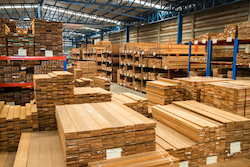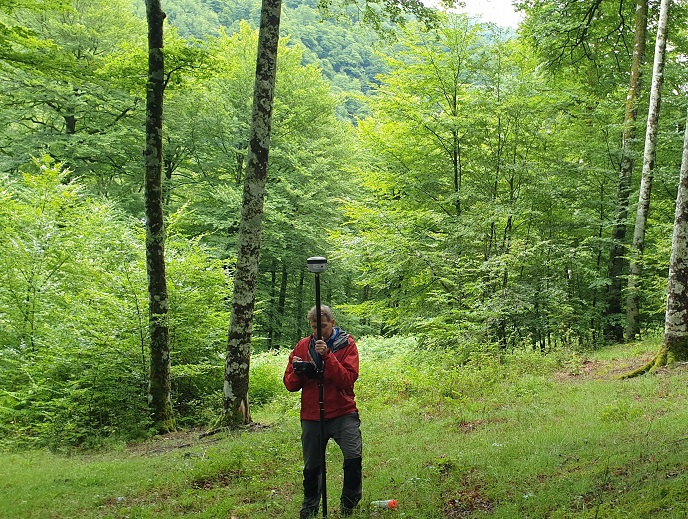Efficient mobilisation of wood from the bottom up
Europe’s 117 million hectares of forest are shared across a multitude of owners, and efficiently mobilizing these resources is set to become increasingly difficult in the face of climate change and growing demand for wood. The wood market is known for its complexity and lack of transparency, and initiatives to sustainably increase wood mobilization have so far failed to engage stakeholders throughout the whole value chain. The consequence of this lack of a common vision is revealed by modelling work carried out under the SIMWOOD project: out of 11 model European regions representing 7.8 million ha, only 53.6 million m3 are exploited, whilst there is a theoretical potential to harvest 17.2 million m3 more. About 4 % of this additional wood is considered easy to mobilise, whereas 26% could be made available with “medium” effort. “Forecasts for the sector predict a substantial increase in the demand for wood over the coming decades,” says Roland Schreiber, coordinator of the project on behalf of the Bavarian Ministry of Food, Agriculture and Forestry. “‘Solid’ uses are growing steadily whilst novel chemical uses of wood are emerging and gaining momentum. The biggest increase in demand, however, will be for wood energy, which will play a critical role in Europe’s future renewable energy supply and the achievement of climate protection objectives.” In other words, scarcity lies in wait, and only dynamic structural shifts can stabilize and secure supply. Starting small, dreaming big This is where SIMWOOD comes into play. Within the past four years, the project made two major contributions to the sustainable and innovative mobilization of wood in Europe. Firstly, the project created the SIMWOOD Information System – an online platform encompassing a knowledge base of barriers impeding wood mobilisation and measures to overcome them; maps and graphs showing wood mobilisation initiatives; an interactive tool to assess the outputs of modelling exercises; and a newsfeed on the latest trends in biomass mobilization. The project saw its SME partners engage into pilot projects showcasing targeted forest use and its tangible impacts on rural economies. These include the “Grown in Britain” marketing campaign; small woodland mobilisation projects in England and Scotland; and awareness raising initiatives among French logging companies operating on sensitive soils. “Learning from peers in regions, is already creating benefits that are expected to strengthen the forest sector. Small-scale initiatives taking into account local conditions and the specific barriers experienced by owners and contractors there can increase wood mobilization, and the next step would be to promote and roll-out the most successful initiatives on a wider scale,” Schreiber explains. In their final report, project partners state that they “consider that the lessons learnt while developing and implementing our project, and the changes and achievements evidenced by the stakeholders we worked with, will be useful to a larger community of wood mobilisation facilitators throughout Europe.” The SIMWOOD Information System is expected to keep growing in order to make this wider mobilisation possible. In the meantime, work on modelling wood mobilisation potential will be published in 2018 or 2019. “This work has shown how difficult it is to quantify this important element of the European bioeconomy and will hopefully lead to the provision of better quality and more consistent data on this subject,” Schreiber says. Most teams involved in SIMWOOD’s pilot projects will continue to implement the project initiatives and roll them out on a larger scale. In England and Scotland, for instance, projects seeking to implement the conclusions of the SIMWOOD project and make its findings available to a wider group of forest stakeholders have already been kicked off.
Keywords
SIMWOOD, forests, wood, Europe, wood mobilisation, forestry, wood market, information system






